High drama: MX_SI reveals a bold new cultural centre in Granada
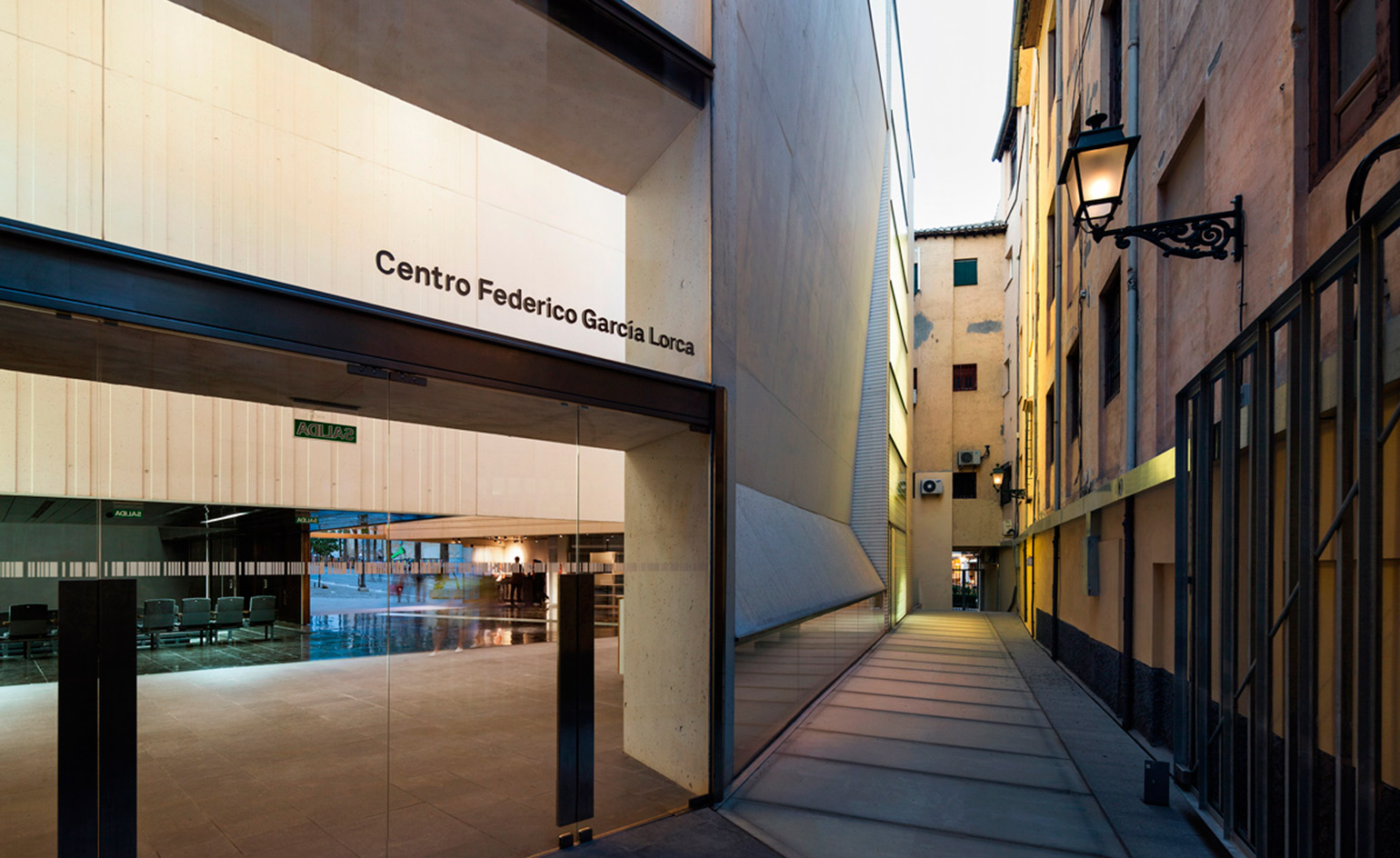
The metaphor of a gateway to the arts is forcefully expressed in concrete in this new building for the Federico García Lorca Centre in Granada. The work of Barcelona-based studio MX_SI, the centre honours the life of the Spanish playwright and provides a focal point for community engagement with literature, theatre and the visual and musical arts. The mighty entrance makes an immediate focal point, drawing the eye in from across the city's Plaza de la Romanilla and concentrating visitors on a journey into an inner sanctum of the arts.
García Lorca was born and lived in Granada, his career cut short when he was assassinated by the Nationalists in the opening weeks of the Spanish Civil War. His reputation grew clandestinely under Franco and he is now revered, especially in the city of his birth. Any building honouring the poet and playwright's name needed to convey a tough, solid image to the world, as well as reflecting the way the arts open up one's perception of the city. The rich layers of in-situ concrete that make up the faceted exterior mirror the city's traditional use of stone.
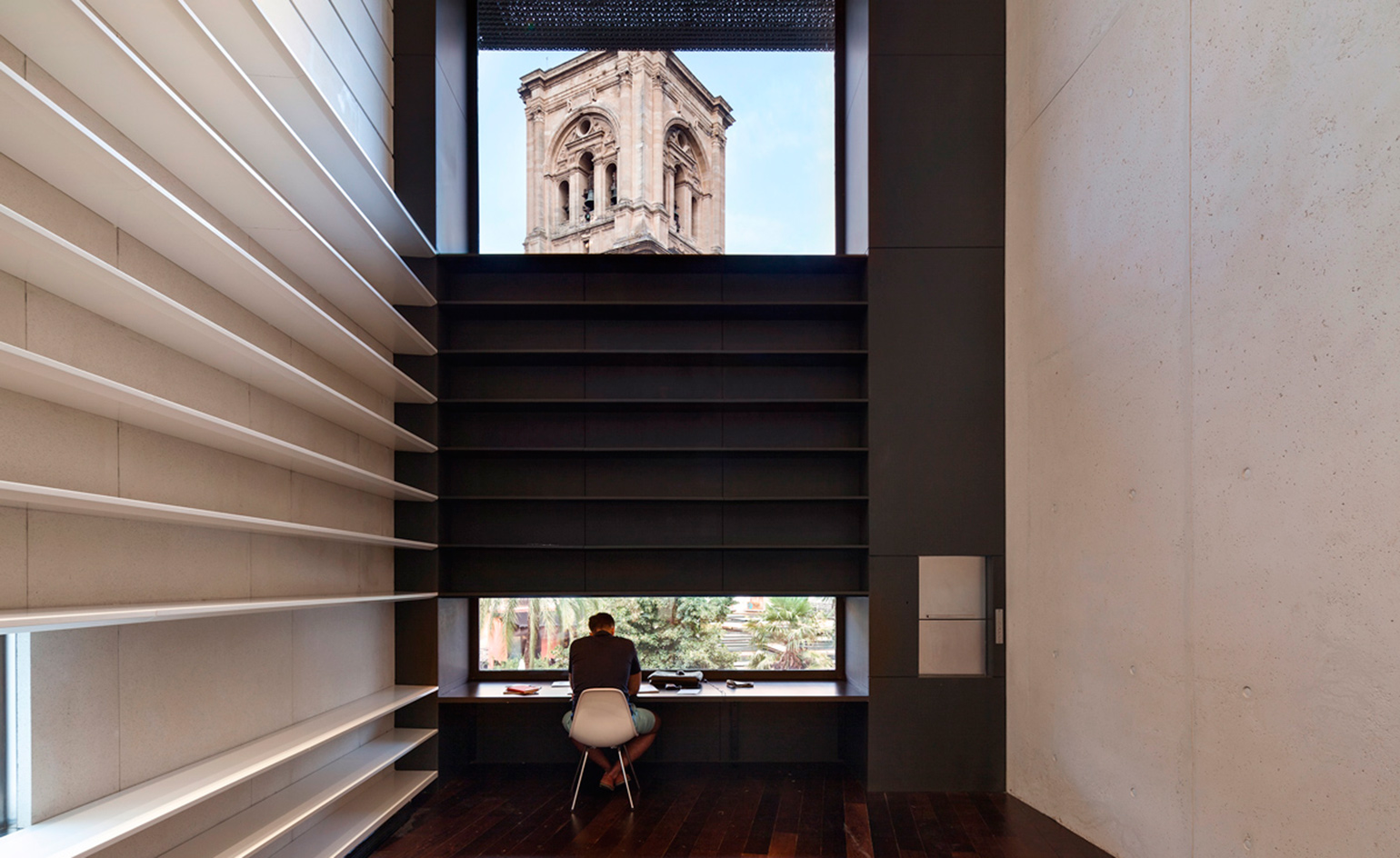
There are moments of interaction with Granada's existing architecture throughout the building, such as these windows which enclose views of the historic city
The mighty angular facade setbacks point inward to the entrance, eventually leading into a corridor and public space. Changing roof levels don't interfere with a large, column-free area for accessible activities, enlivened by the interplay of light and shadow from the angular roofscape above.
The new building, which was won in competition, has taken a decade to realise. As well as gallery spaces, it houses a 400-seat flexible theatre, a generous library and the poet's archive, as well as a café and shop. The architects, Mara Partida, Mónica Juvera, Boris Bezan and Héctor Mendoza, formed their practice off the back of winning the project in 2005 and have since made cultural centres a specialty.

The gateway-style entrance opens up onto the Plaza de la Romanilla.

The building provides a cultural centre for literature, theatre and the visual and musical arts in Granada
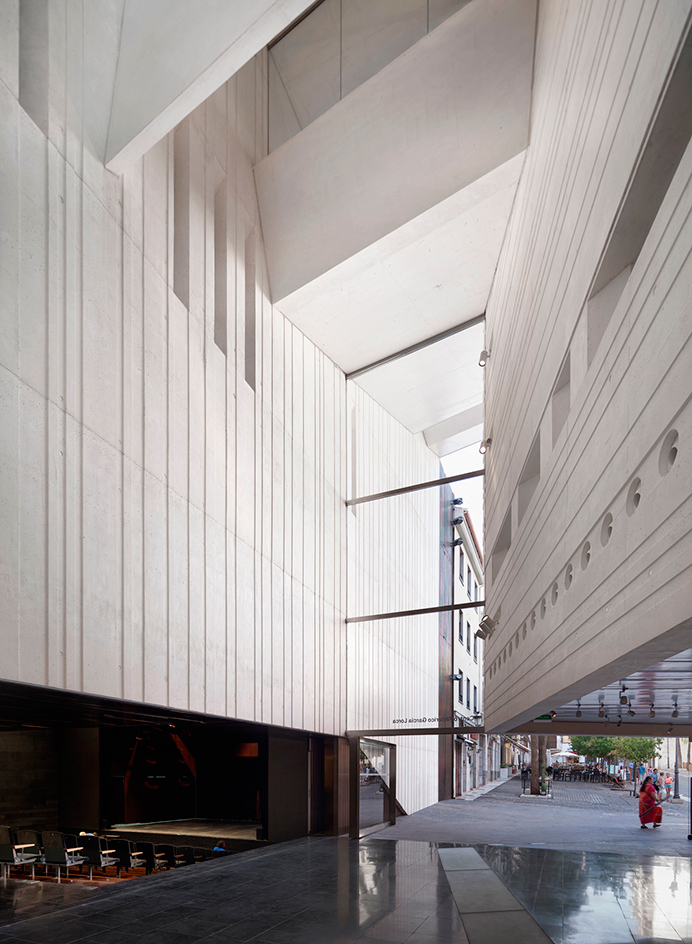
The building is constructed with layers of concrete in response to the traditional use of stone in the city
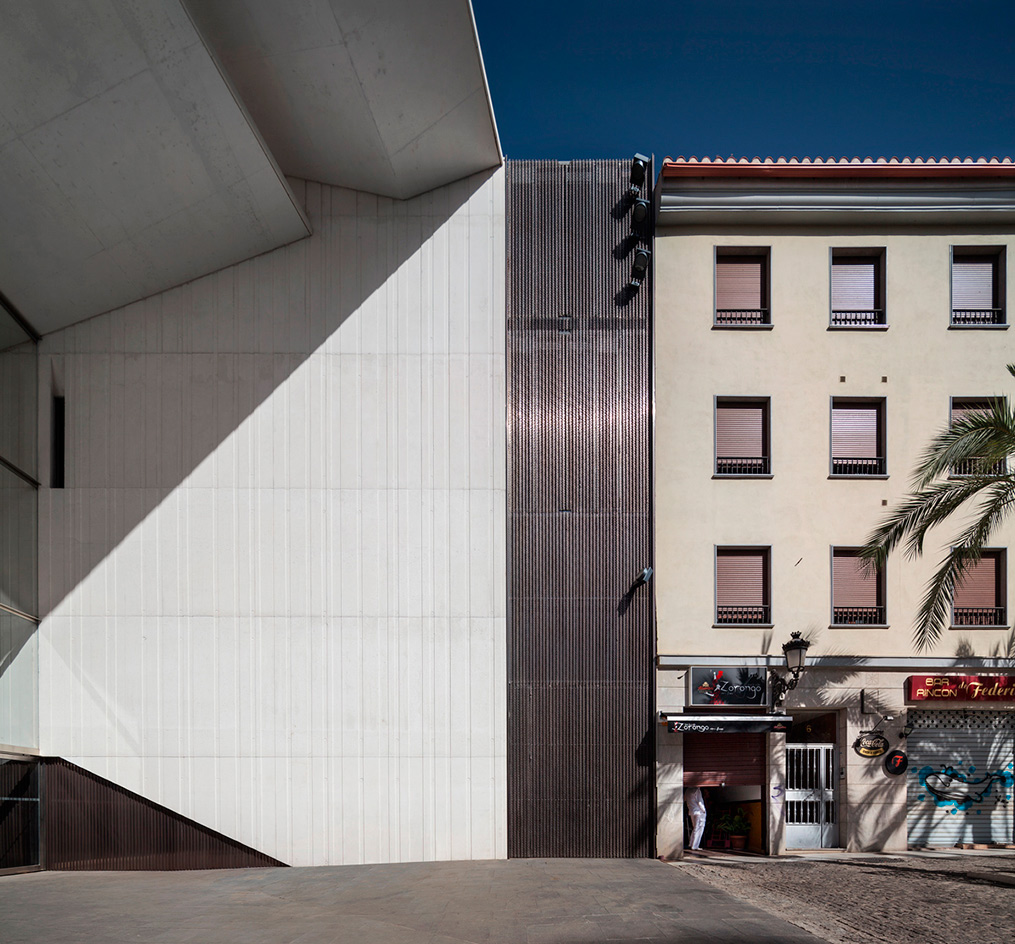
The architecture is open and welcoming, becoming a part of the public space of the square

An angular entranceway frames the view of the square
INFORMATION
For more information, visit the MX_SI Architectural Studio website
Receive our daily digest of inspiration, escapism and design stories from around the world direct to your inbox.
Jonathan Bell has written for Wallpaper* magazine since 1999, covering everything from architecture and transport design to books, tech and graphic design. He is now the magazine’s Transport and Technology Editor. Jonathan has written and edited 15 books, including Concept Car Design, 21st Century House, and The New Modern House. He is also the host of Wallpaper’s first podcast.
-
 Usher opens up about breakfast playlists, banana pudding and why a glass tumbler is always on his rider
Usher opens up about breakfast playlists, banana pudding and why a glass tumbler is always on his riderOn the heels of a collaboration with Baccarat, the Grammy-winning singer-songwriter breaks down his entertaining tips. 'Hosting is an expression of how you feel about your guests and also who you are.'
-
 The beauty trends that will define 2026, from ultra-niche fragrances to anti-ageing dental care
The beauty trends that will define 2026, from ultra-niche fragrances to anti-ageing dental careAs we enter the new year, we speak to experts in fragrance, skincare, aesthetics, wellness and more about the trends that will be shaping the way we look
-
 The most stylish hotel debuts of 2025
The most stylish hotel debuts of 2025A Wallpaper* edit of this year’s defining hotel openings. Design-led stays to shape your next escape
-
 In the heart of Basque Country, Bjarke Ingels unveils a striking modular building devoted to culinary research
In the heart of Basque Country, Bjarke Ingels unveils a striking modular building devoted to culinary researchSee what the architect cooked up for the Basque Culinary Center in San Sebastián, Spain
-
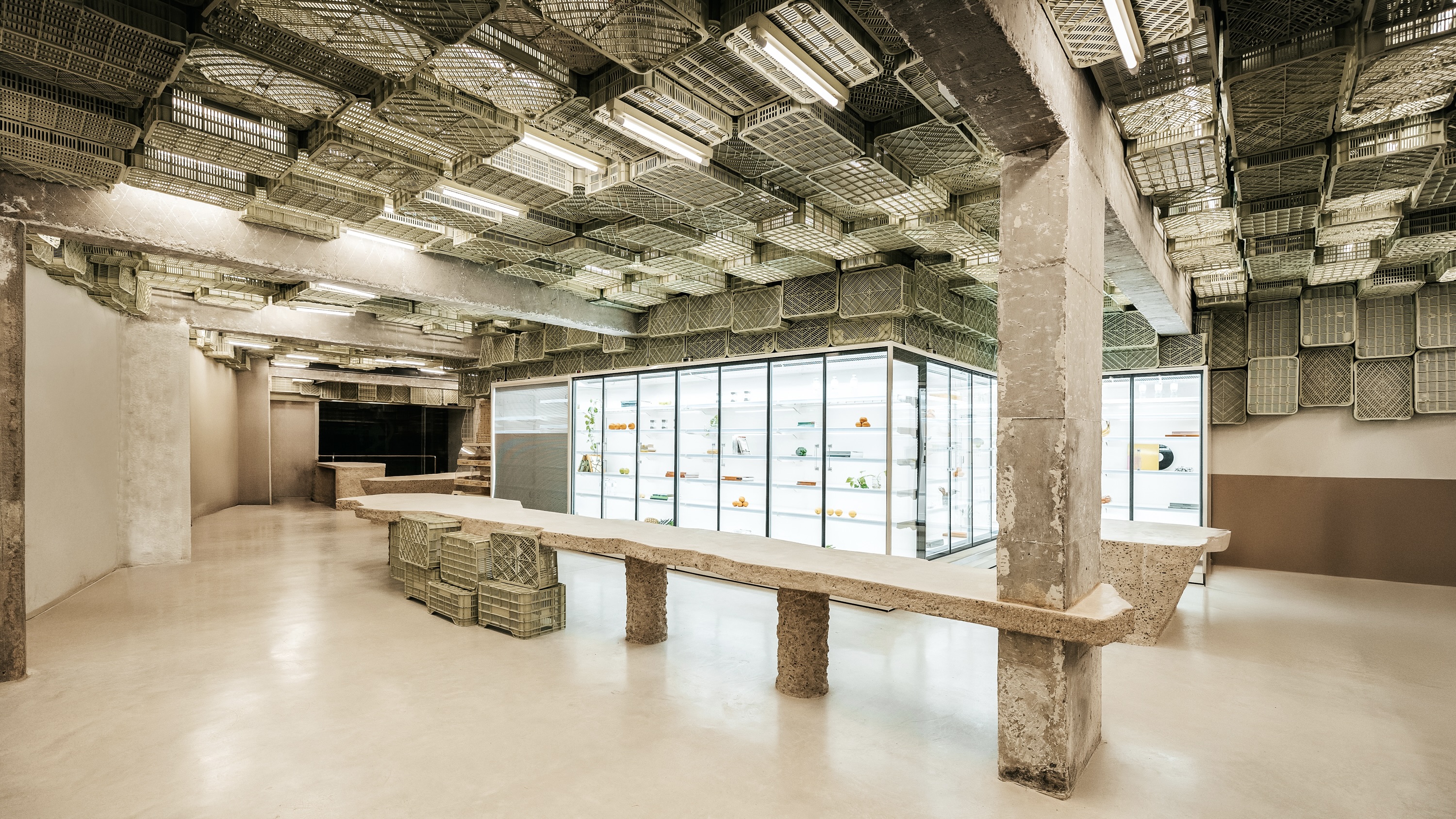 Spice up the weekly shop at Mallorca’s brutalist supermarket
Spice up the weekly shop at Mallorca’s brutalist supermarketIn this brutalist supermarket, through the use of raw concrete, monolithic forms and modular elements, designer Minimal Studio hints at a critique of consumer culture
-
 A beautifully crafted concrete family house in a Mexican suburb is a contemplative oasis
A beautifully crafted concrete family house in a Mexican suburb is a contemplative oasisHW Studio have shaped a private house from raw concrete, eschewing Brutalist forms in favour of soft light, enclosed spaces and delicate geometries
-
 A Spanish house designed to ‘provide not just shelter, but a tangible, physical experience’
A Spanish house designed to ‘provide not just shelter, but a tangible, physical experience’A Spanish house outside Tarragona creates a tangible framework for the everyday life of a couple working flexibly in the digital world
-
 Meet Ferdinand Fillod, a forgotten pioneer of prefabricated architecture
Meet Ferdinand Fillod, a forgotten pioneer of prefabricated architectureHis clever flat-pack structures were 'a little like Ikea before its time.'
-
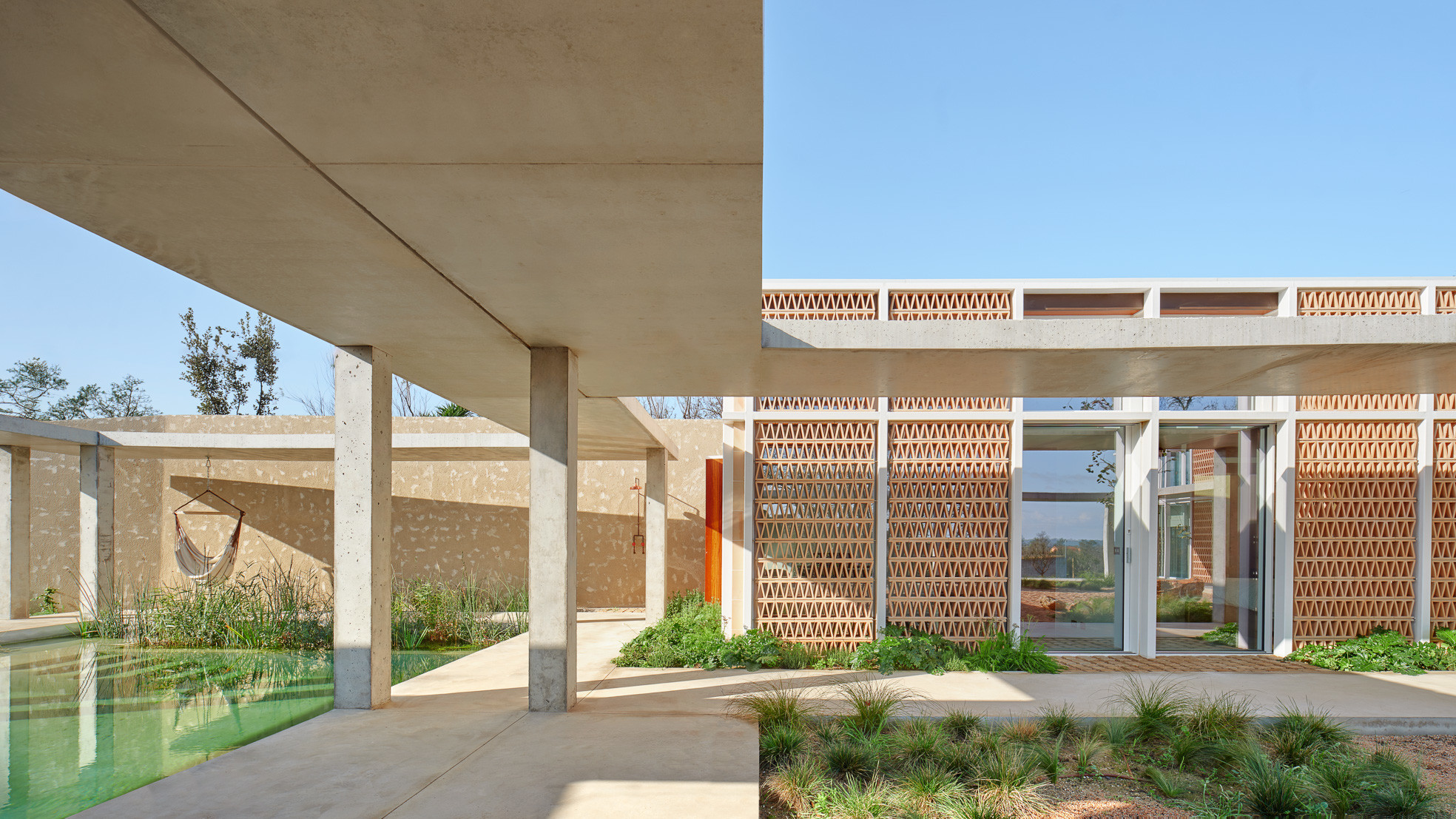 A courtyard house in northern Spain plays with classical influences and modernist forms
A courtyard house in northern Spain plays with classical influences and modernist formsA new courtyard house, Casa Tres Patis by Twobo Arquitectura, is a private complex that combines rich materiality and intriguing spatial alignments
-
 In Santander, a cotton candy-coloured HQ is a contemporary delight
In Santander, a cotton candy-coloured HQ is a contemporary delightSantander’s Colección ES Headquarters, a multifunctional space for art, office work, and hosting, underwent a refurbishment by Carbajo Hermanos, drawing inspiration from both travels and local context
-
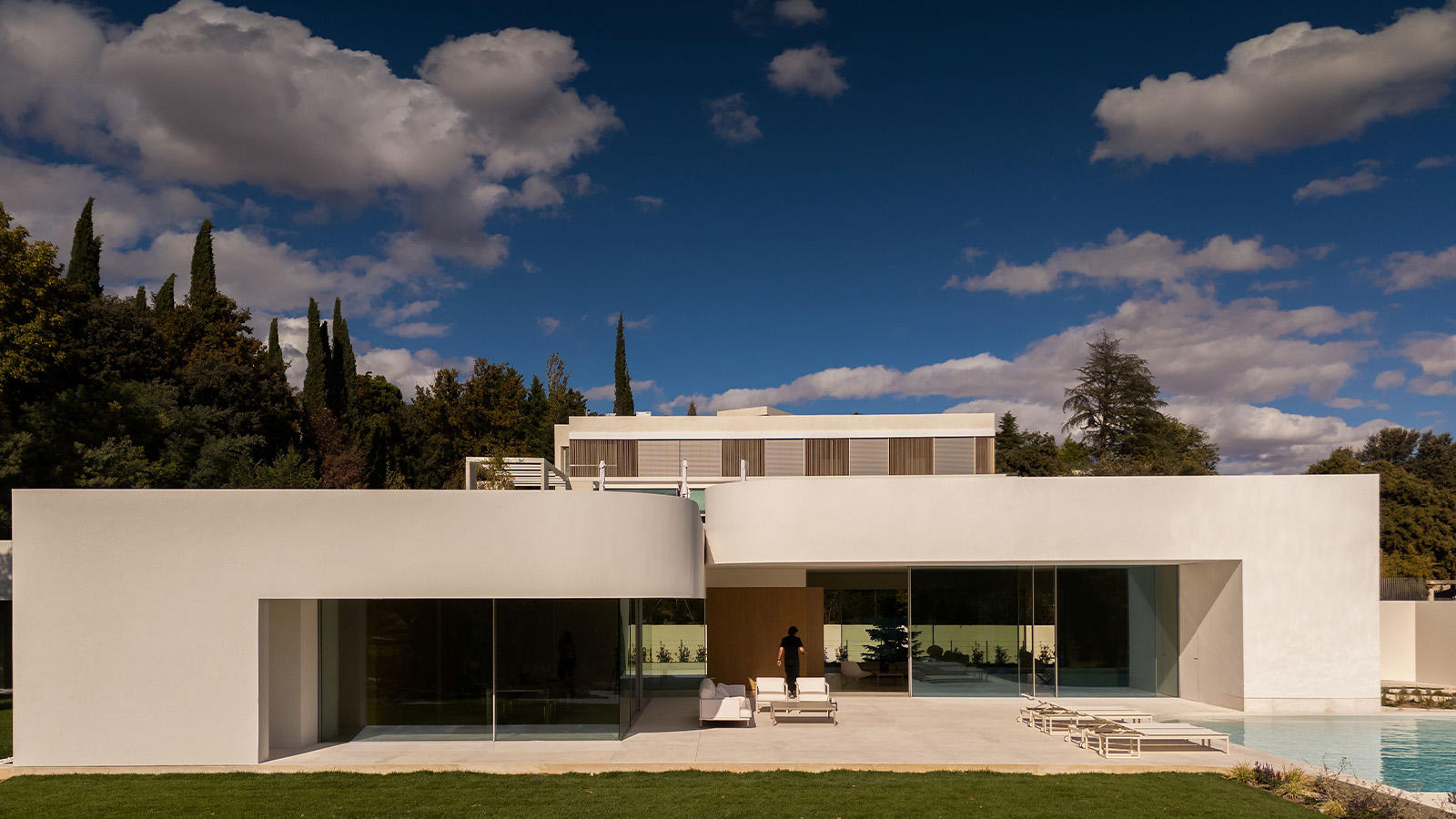 This Madrid villa’s sculptural details add to its serene appeal
This Madrid villa’s sculptural details add to its serene appealVilla 18 by Fran Silvestre Architects, one of a trilogy of new homes in La Moraleja, plays with geometry and curves – take a tour